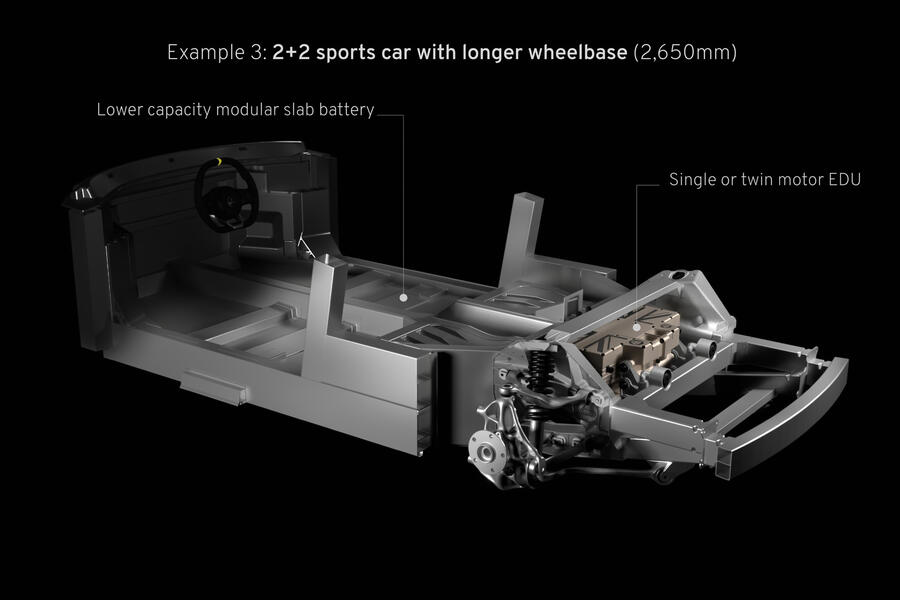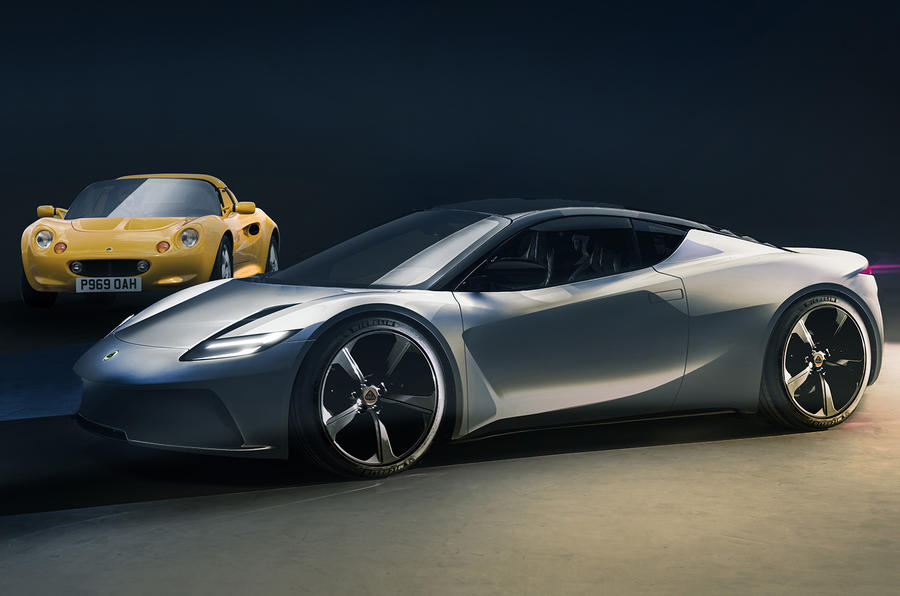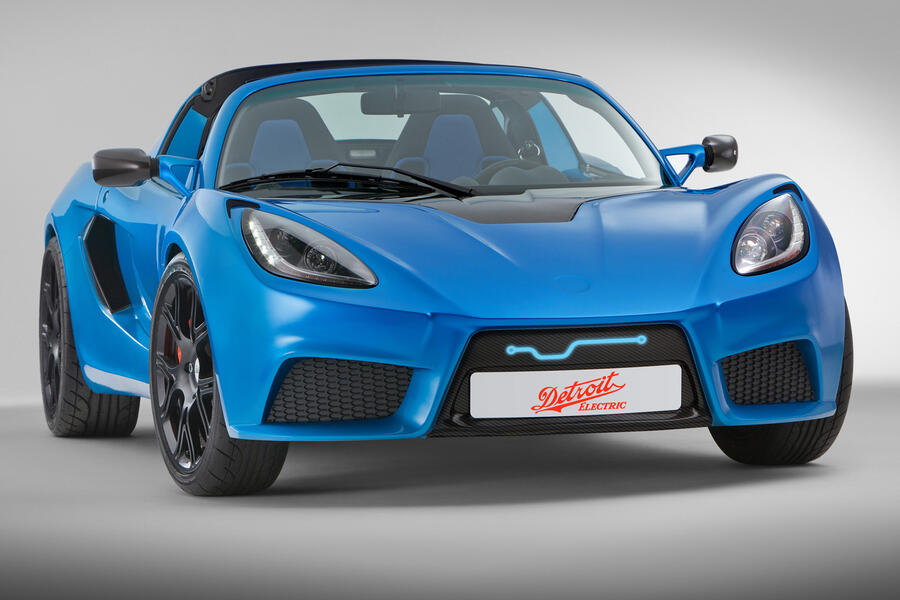Lotus is confident it can generate revenues from its new bespoke EV hardware, in much the same way the original Lotus Elise’s bonded-aluminium architecture went on to underpin a raft of sports cars from other manufacturers.
The best-known Elise-based sports cars are the Vauxhall VX220 and Tesla Roadster, but the platform’s chief engineer, Richard Rackham, estimates there have been “probably 10 times as many”, highlighting that use of Lotus’s expertise is wider than broadcast – and underlining just how influential that lightweight structure was.
It’s impressive enough that, adapted for the Lotus Exige and Lotus Evora, it created a family of Lotus models that kept the firm relevant for the next 25 years.
Now Rackham is working on a new Lotus platform for the electric era that could end up matching the Elise underpinnings for both longevity (if required) and for model proliferation, both within Lotus and outside.
“We’re way ahead of the game now,” he told Autocar. It can be stretched from the size of the Porsche 718 Cayman to the Ferrari SF90 Stradale and will be offered to anyone. “This platform will underpin many vehicles from different manufacturers,” he confirmed.

This is the E-Sports platform, which we already know will underpin a Lotus sports car from 2026 and an Alpine one from 2025. It’s adaptable enough to fit the batteries either behind the driver to keep occupants nice and low or under them to expand the cabin, affording a four-seater.
It won’t produce saloons or SUVs, though. That side of the future Lotus range, starting with an electric SUV from next year, will use platforms created by parent company Geely.






























Join the debate
Add your comment
It would make sense for Jaguar to give Lotus a call
This really gives me hope for proper electric sports cars. It's a shame it's going to be so long until it's launched, but I guess that means the early adopters will get a thoroughly developed product. Let's hope enough other manufacturers are interested that the cost will be driven down too - but I fear that's unlikely.